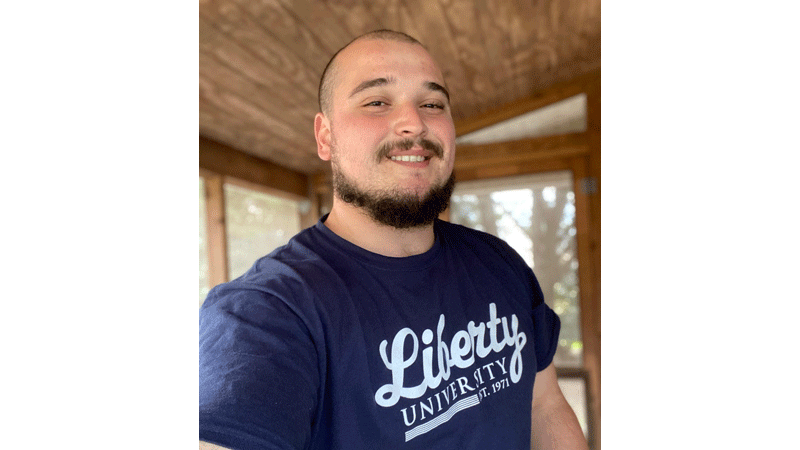Fleet training: A thrill every minute
Published 10:33 am Wednesday, November 28, 2012
by James D. Howell
This is a no-nonsense aircraft. Its short, stubby appearance masks superb performance.
Twin engines churn out over 4,000 horsepower; their radial design has been tested over many years of fleet use. It has proven reliability and performance, and I’m going to learn to fly it. I will learn to operate this aircraft through sunshine, rain, thunderstorms and strong winds.
This phase of training is for confidence building and fleet readiness. I learn to takeoff, land and maneuver this aircraft for routine operations; I learn to resolve emergency situations as far as they are resolvable.
I learn to salvage difficult situations and make decisions for safely completing a flight full of malfunctions. The aircraft has a normal crew of four, but our mission only requires a pilot and co-pilot.
We do not learn the anti-submarine warfare tactics that the S2F was designed for. That is for the future.
I use my newly acquired Instrument Rating to plan cross-country flights as a practical application of what I have learned so far. Along with another student I fly long legs up to Wichita Falls, Texas; El Paso; and New Orleans. These flights are all well beyond the range of not yet widespread radar coverage, and are flown, generally in spite of inclement weather.
They tell us in weather classes to always penetrate the thunderstorm in the lower one-third if possible. That means not deviating from a designated path, for the most part, and my partners and I get a good taste of what it’s like to get kicked around inside a thunderstorm.
We also have real experience with fog and reduced visibility in New Orleans. On one trip, we actually lose our main radio and have a chance to practice lost communications procedures for real.
At the end of this portion of training, I have confidence in being able to fly in virtually any weather and successfully complete a mission.
Using the same aircraft, the S2F, we move on to preparations for landing on an aircraft carrier. A short ground school teaches us basic procedures, but the real learning is in the aircraft, day after day.
An outlying field has markings on the runway to simulate an aircraft carrier’s landing area, and we practice all the attitudes, altitudes and communications to get the aircraft on the deck safely.
We learn approach lighting systems and signals; we learn to wave off (go around) from low altitudes. No emergencies are practiced at this level; all energy is devoted to getting the aircraft on deck.
It goes smoothly for me, and I’m looking forward to qualifying on the real carrier. A week before my scheduled opportunity, the aircraft carrier is ordered away to participate in an air show in another city.
Disappointment is deep for me; it will be one of my regrets in the future. I worked hard, but it just didn’t pan out.
There’s no time to mourn lost opportunities; we move ahead.
I look at the overhead with new eyes, gazing at hundreds of star images projected in this small but accurate planetarium. I will use stars and other celestial bodies as the basis of position locating for air navigation.
I learn about the summer, fall, winter and spring skies. That means what stars are visible approximately one hour after sunset for each season of the year.
If I can accurately identify major stars for each season, I can compute an accurate position for my aircraft. This is only done in larger aircraft with a navigator.
I will learn to be a navigator before fleet assignment to a large, multi-engine aircraft squadron. We use a periscope sextant for sightings.
The final exam is an actual flight in a seaplane (P5M) from Corpus Christi, Texas, to Key West, Guantanamo Bay, Cuba, Bermuda, Jacksonville, Fla., and back to Corpus Christi. The aircraft takes off and lands on water, and is hauled up, at each stop, on wheels attached by a ground crew. Each navigation leg is critiqued and graded.
In Cuba, Fidel Castro is fighting a revolution in the eastern mountains, about 35 miles northeast of Guantanamo Bay.
I look to the heavens with a new appreciation of all that was created; I feel very small by comparison. I am confident that I can, with available instruments, navigate to virtually any point on the earth’s surface, in most weather conditions, and arrive at a predictable time.
In December 1958, Naval Aviator’s wings are pinned on the left breast of my newly commissioned Ensign’s uniform. Training is complete; my 21st birthday is six months in the future. My new life is just beginning.
JAMES D. “ARCHIE” HOWELL is a Southampton County native and 1955 graduate of Franklin High School. He can be reached at archiepix@kingwoodcable.com.





